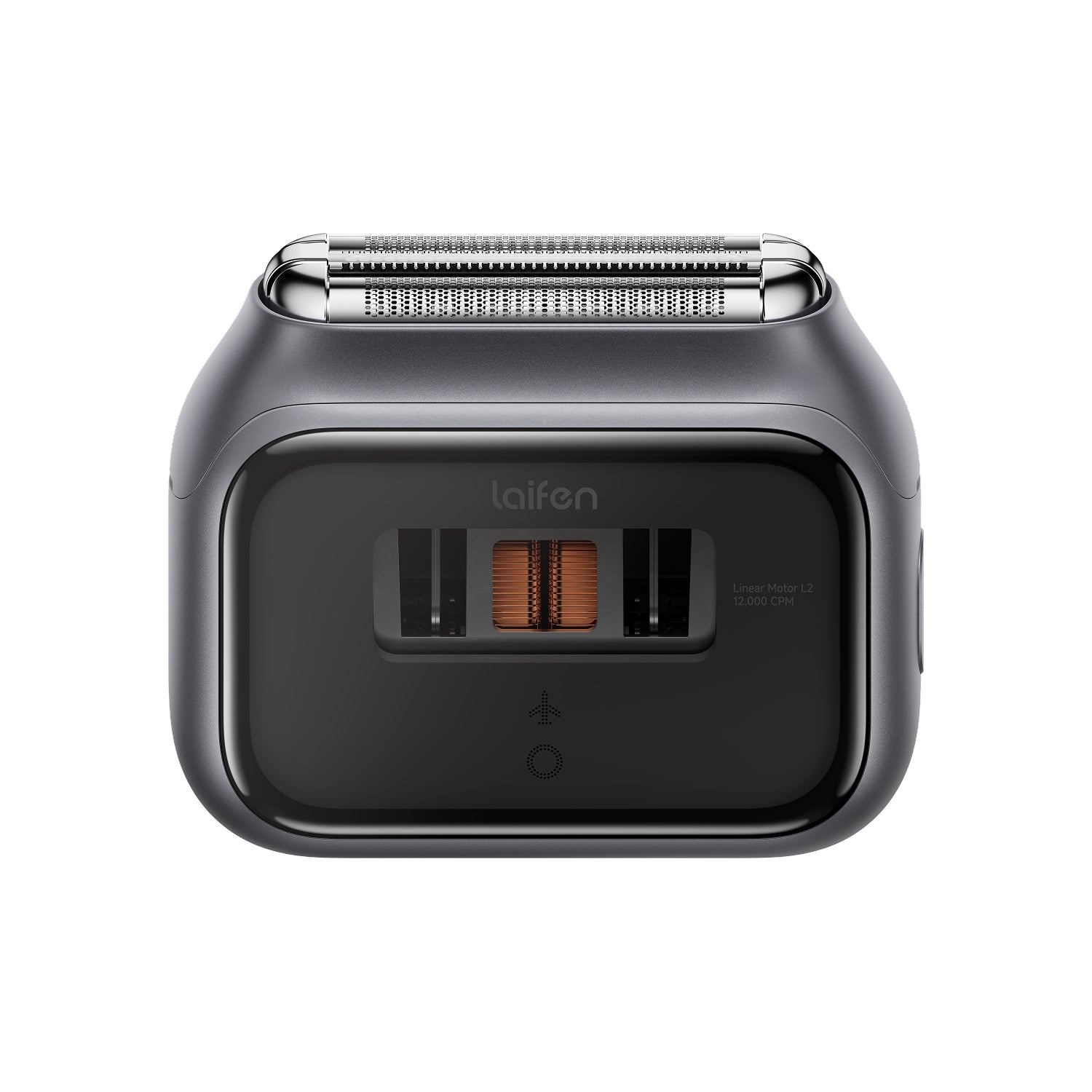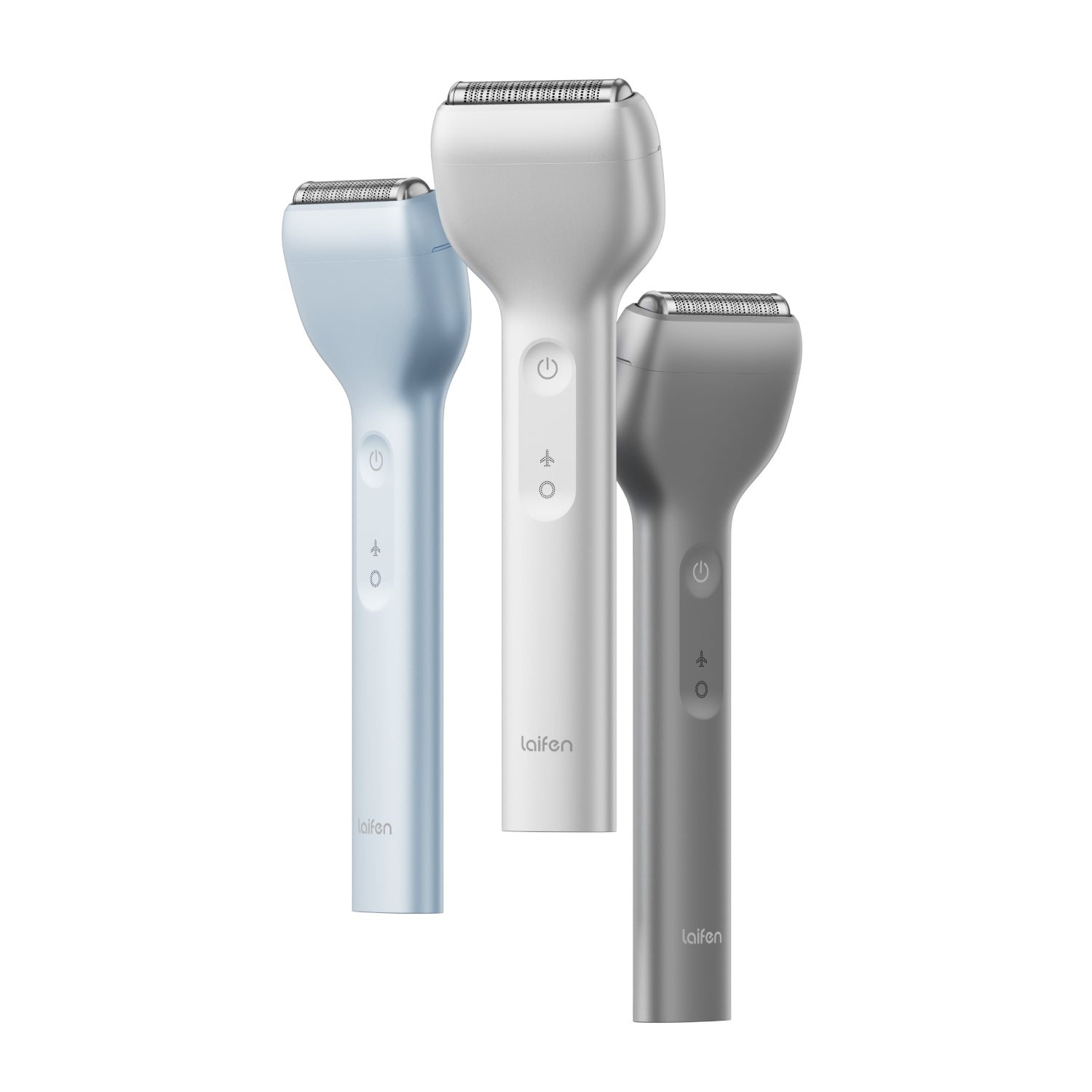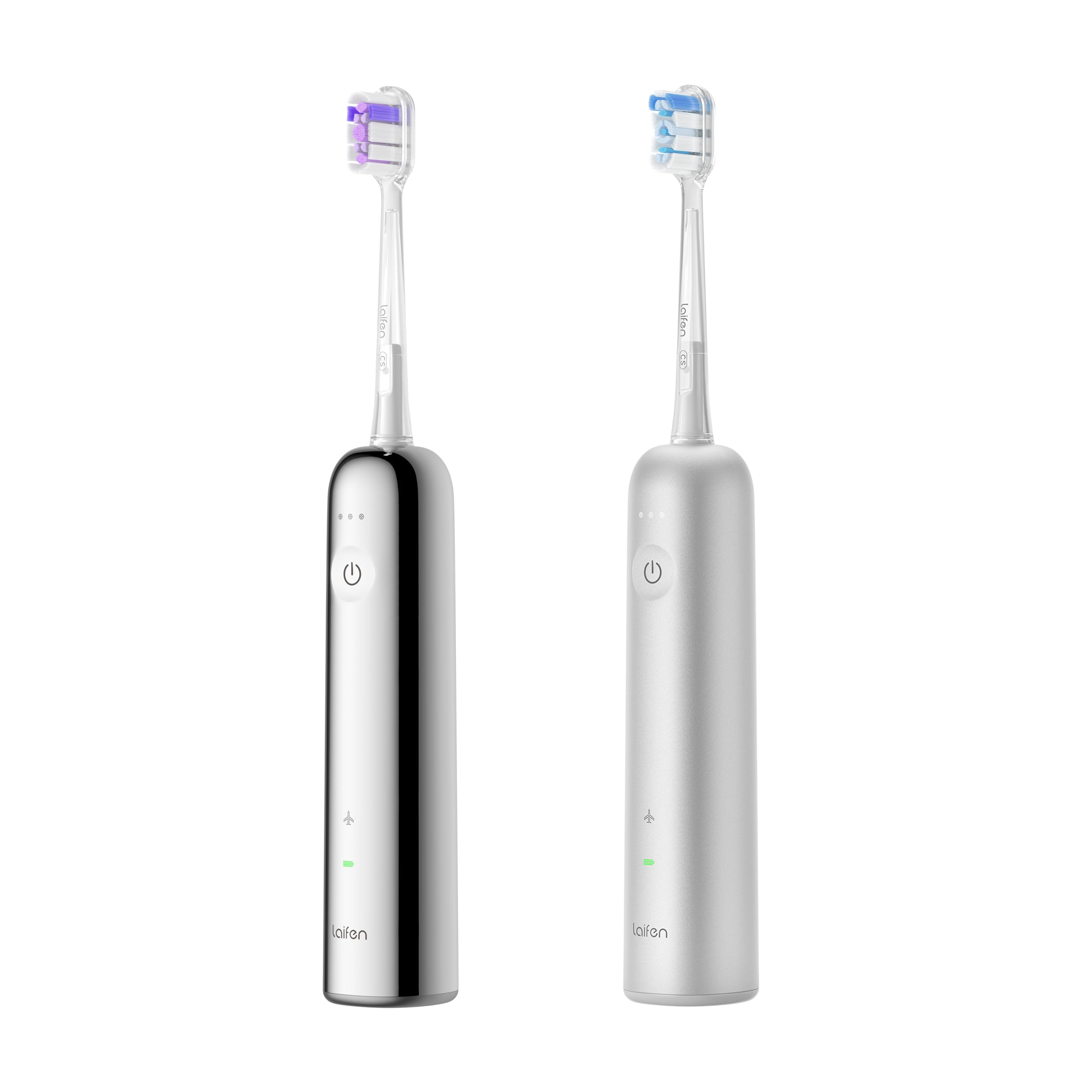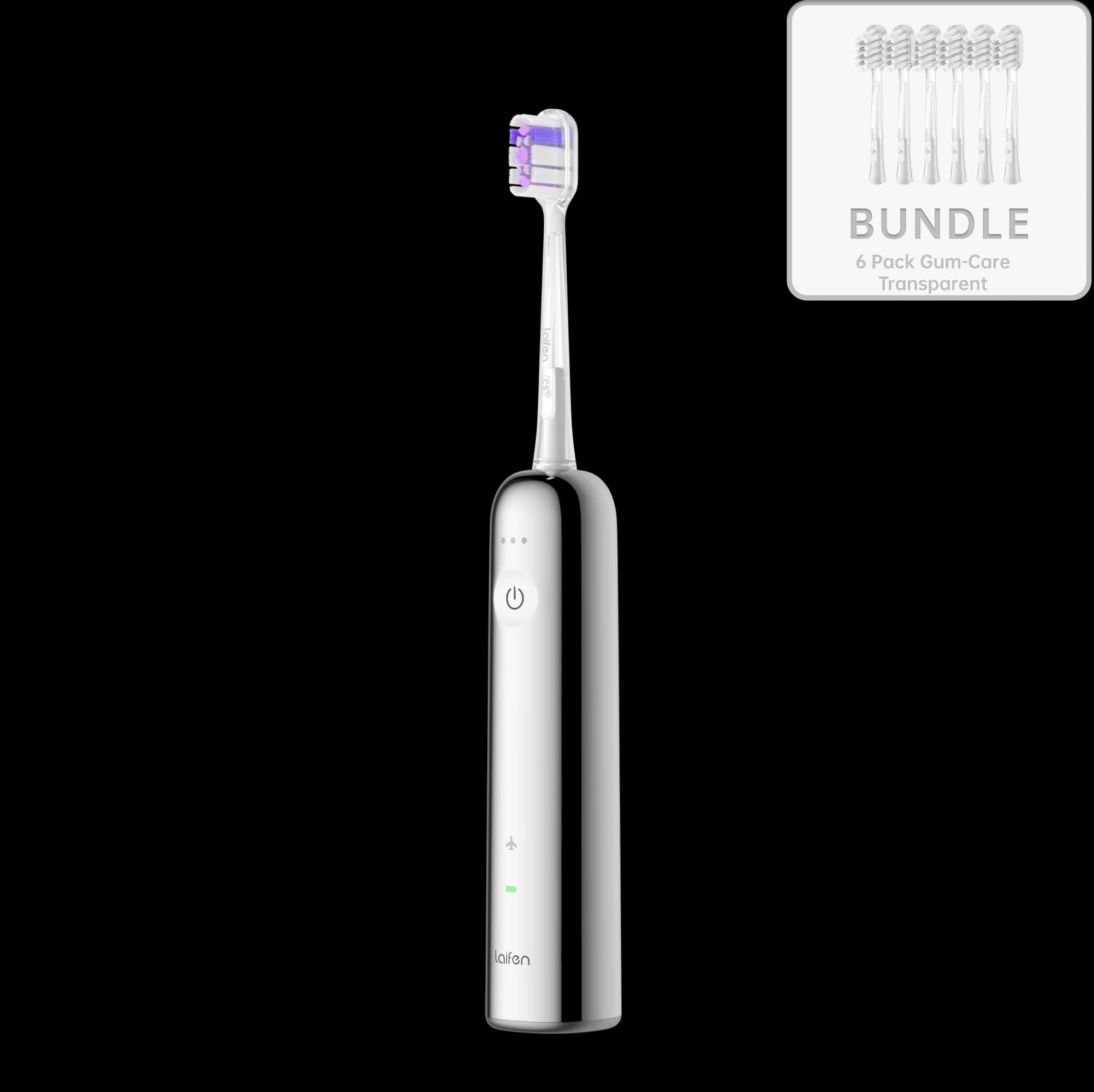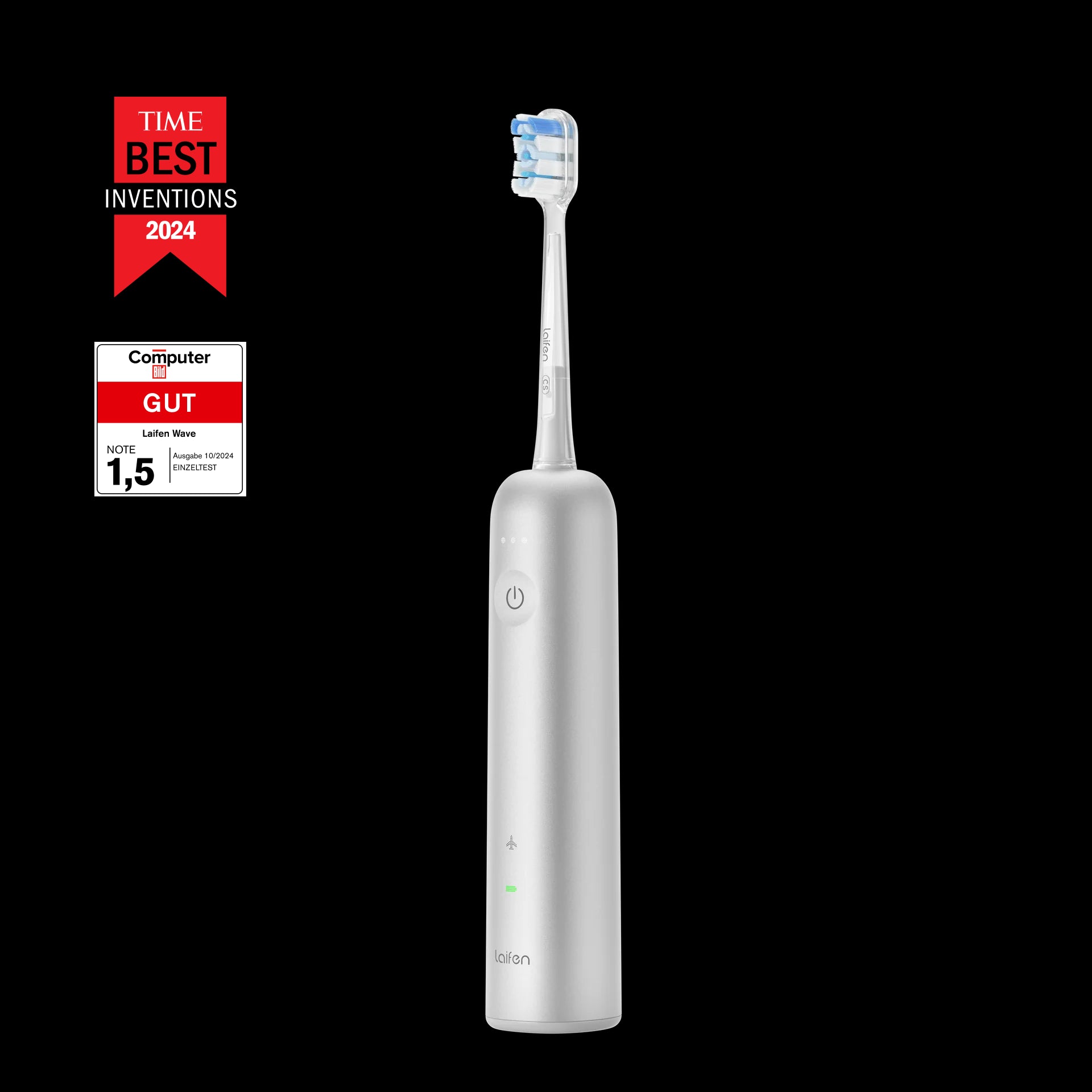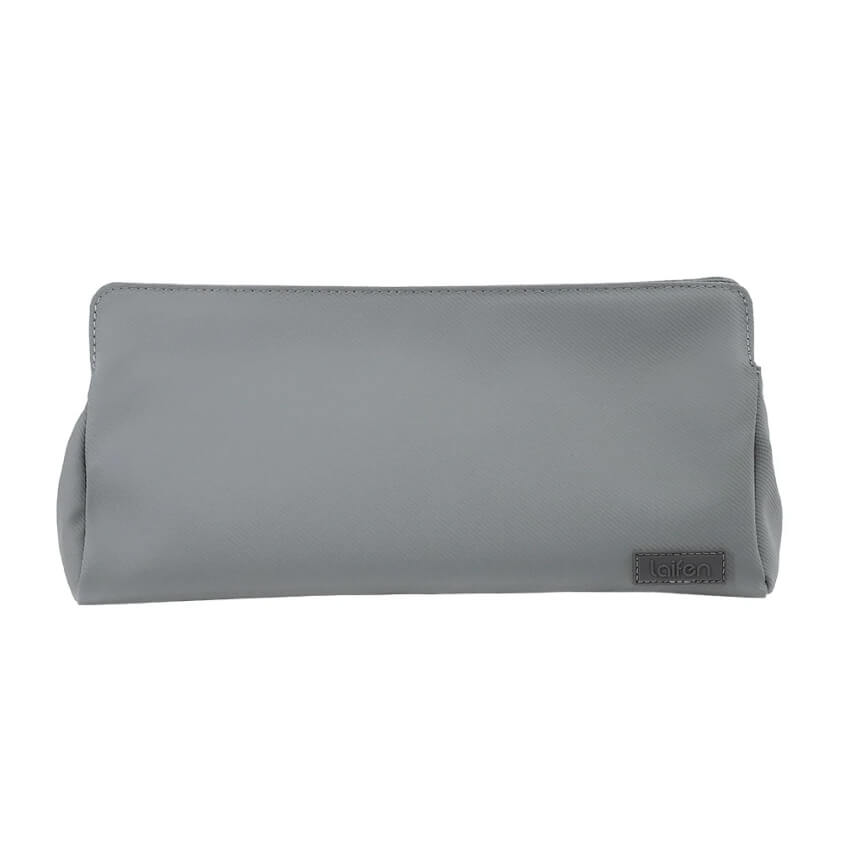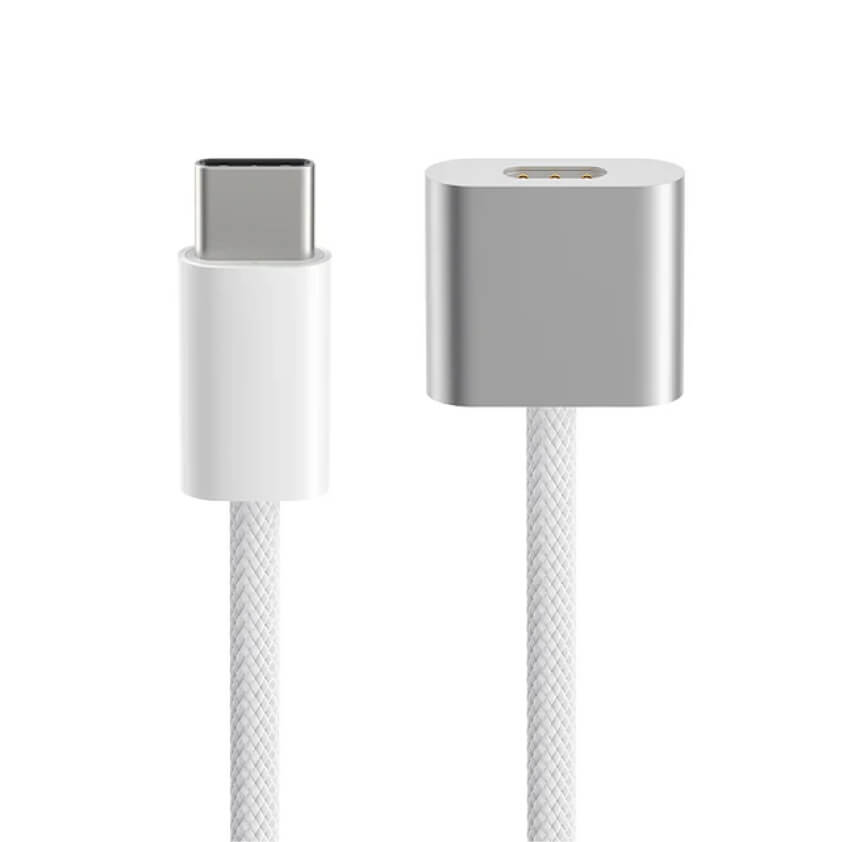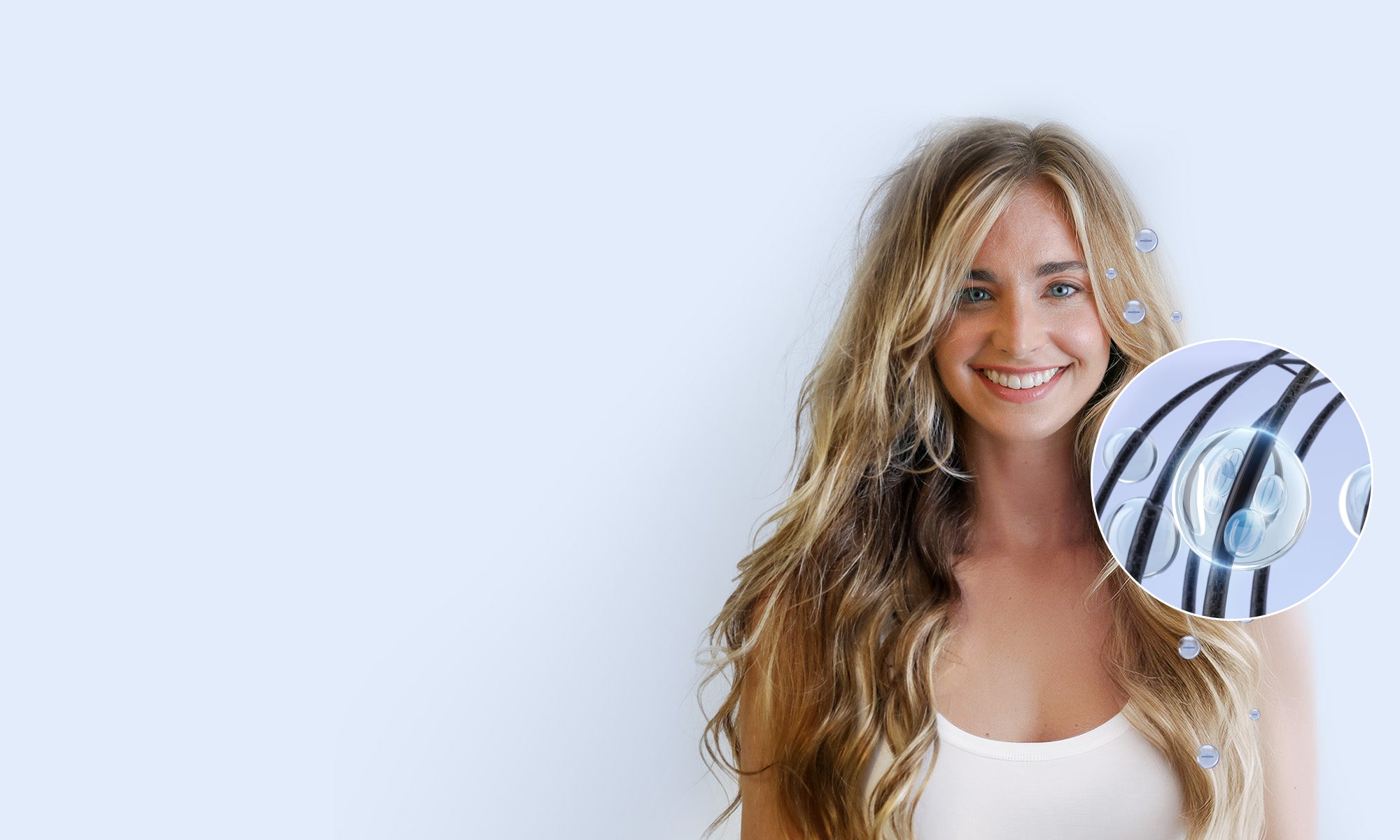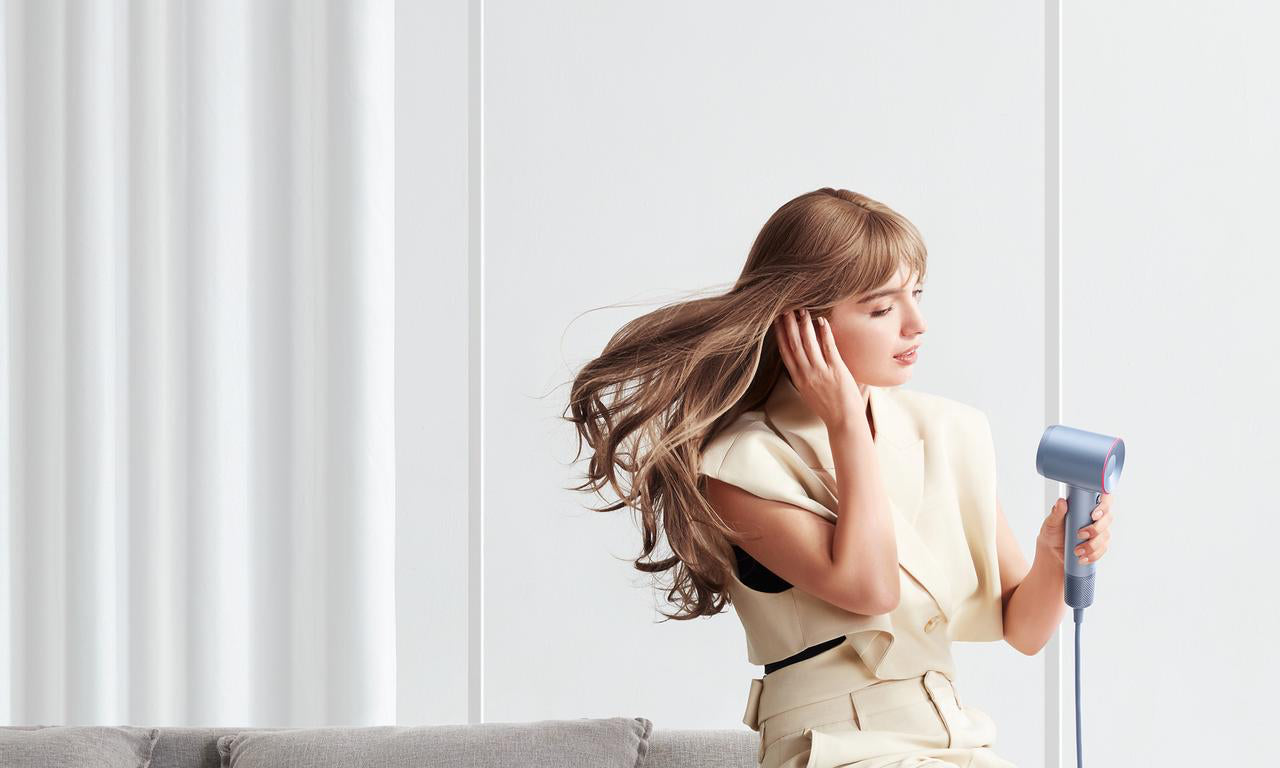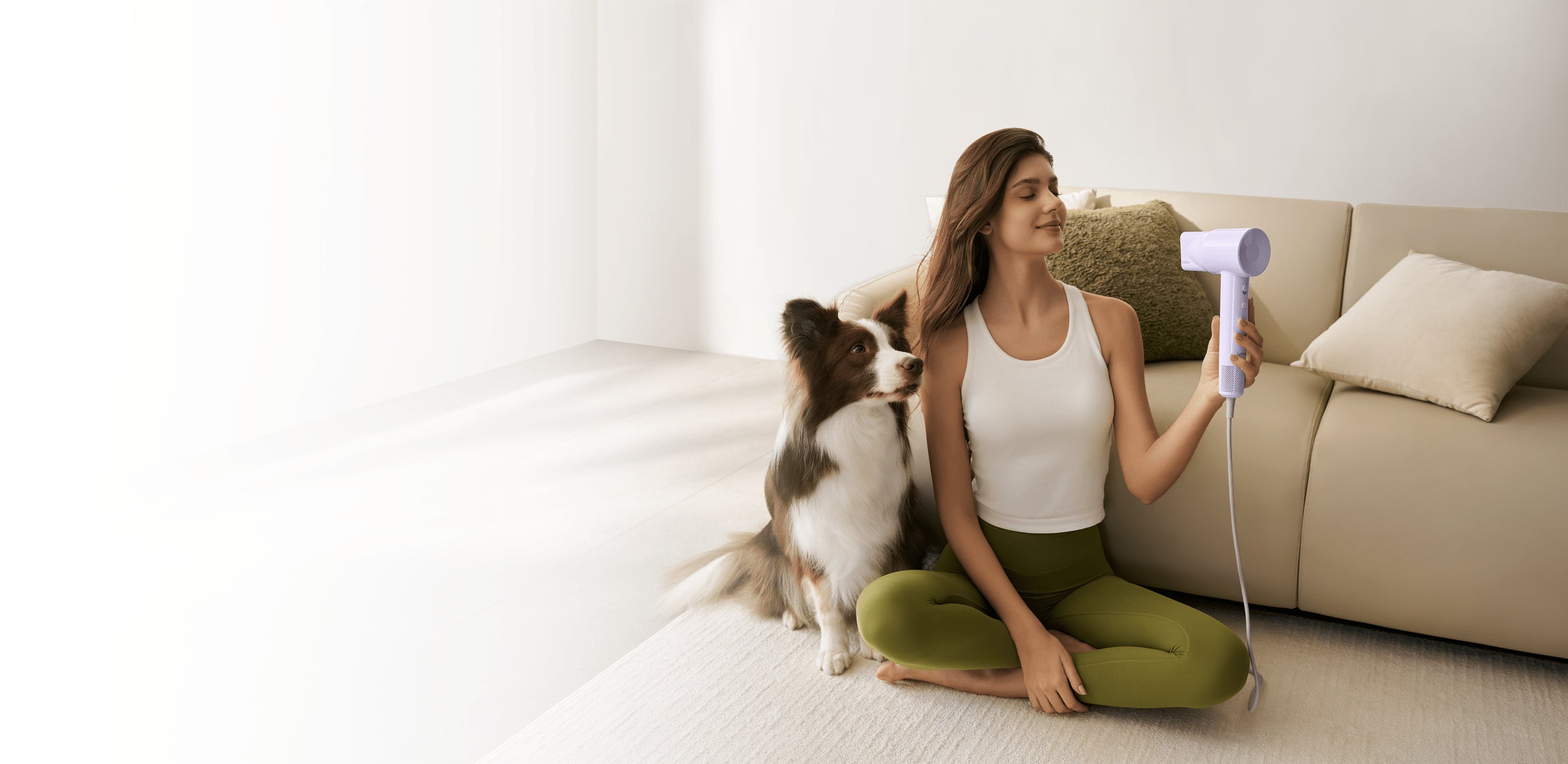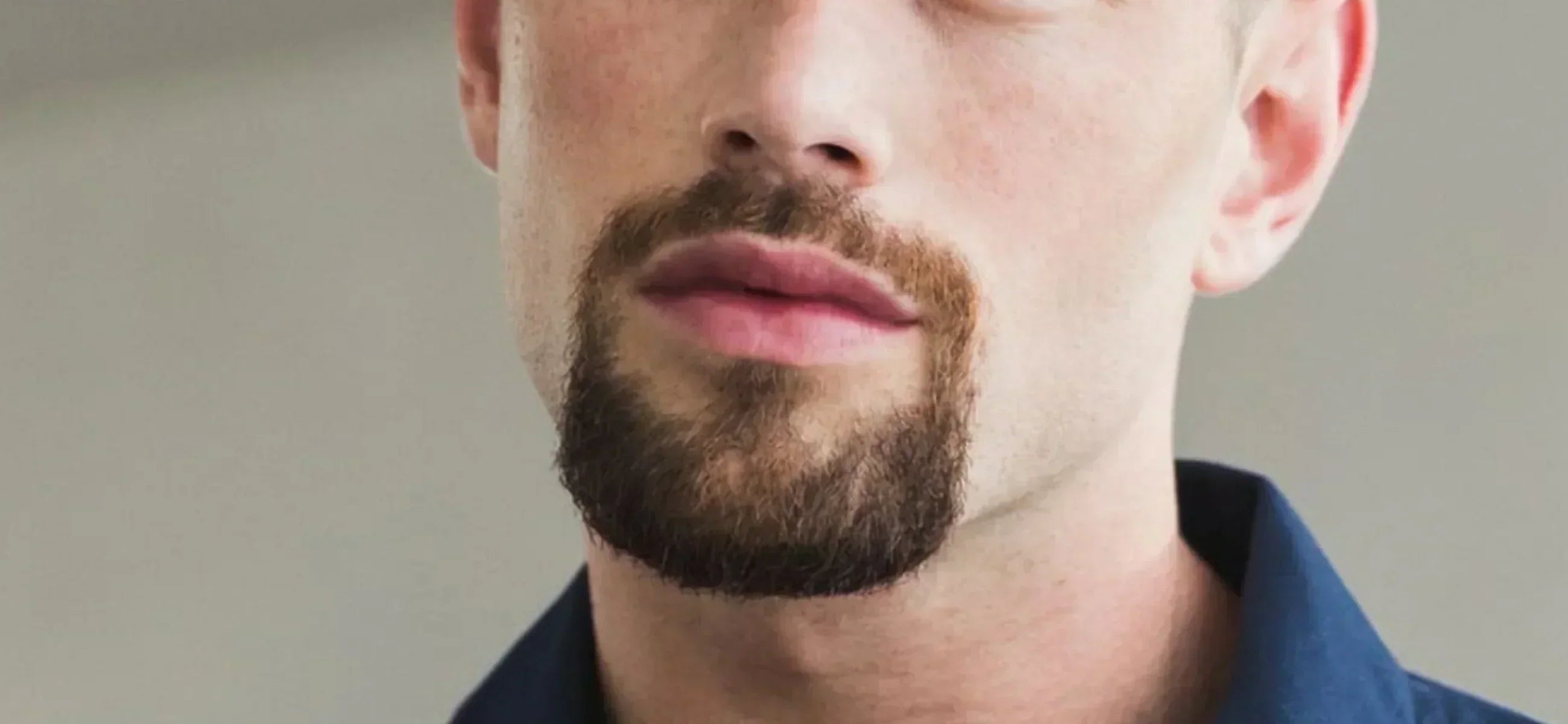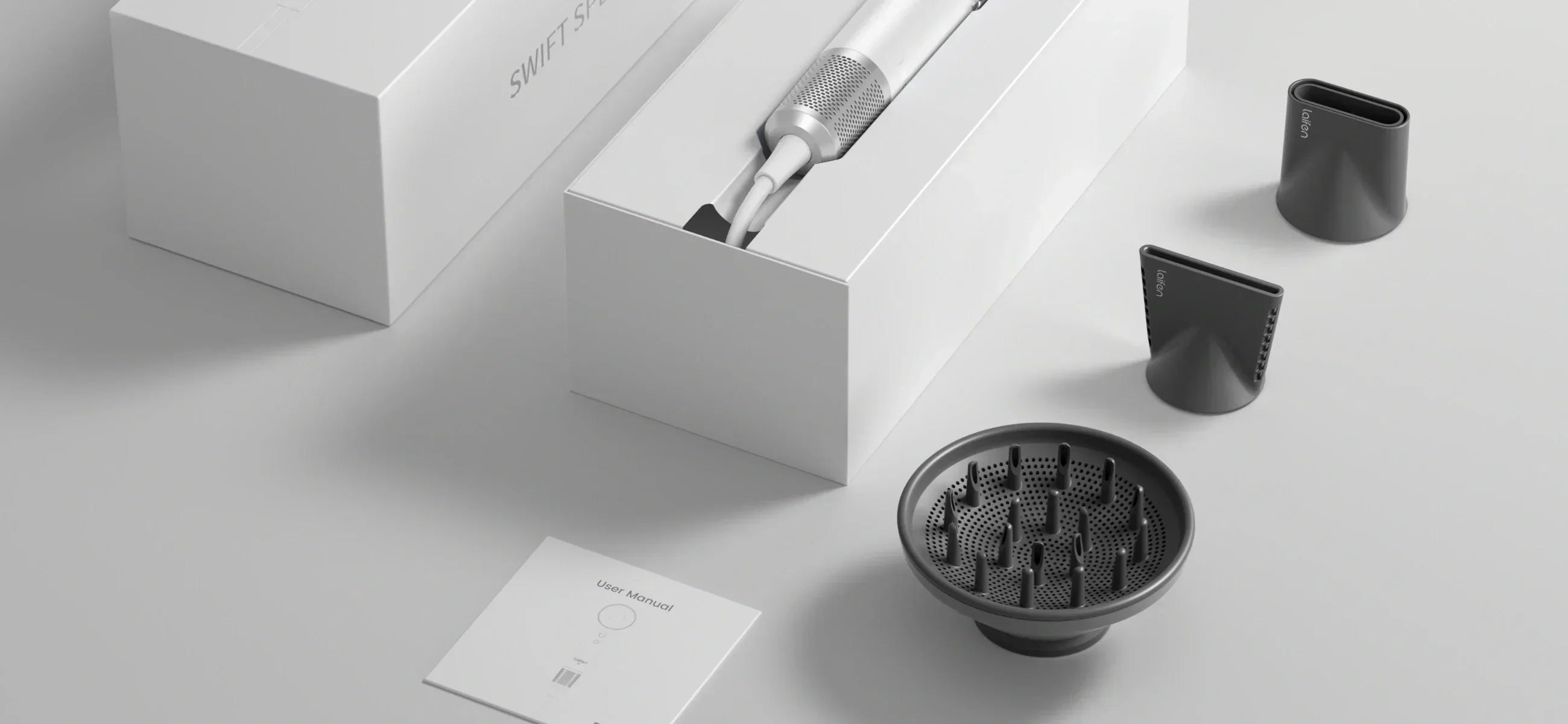
Beard dandruff is one of those grooming problems that many men face but few talk about. Those tiny white flakes might seem harmless, but they can ruin your style and even make your beard look unkempt no matter how much you groom it. With the right products, daily habits, and a few dermatologist-approved tips, you can eliminate flakes and restore your beard’s clean look.
What is beard dandruff?

Beard dandruff, often referred to as “beardruff,” is the flaky shedding of skin that occurs underneath facial hair. It looks similar to regular scalp dandruff but forms on the skin beneath your beard, where it’s harder to notice until white flakes appear on your beard or clothing.
Causes of beard dandruff
1. Dry skin
Dry skin is the number one culprit behind beard dandruff. When your skin doesn’t get enough moisture, it starts to flake and peel, leaving visible white specks on your beard. Cold weather, hot showers, or using harsh soaps can strip away natural oils, worsening dryness. Because facial hair traps the flakes, they become more noticeable than on other areas of the body.
2. Excess sebum and oil buildup
Your skin naturally produces sebum (oil) to stay hydrated, but when too much accumulates, it mixes with dead skin cells and creates the perfect environment for dandruff. Instead of dryness, this type of beard dandruff often looks greasy and clumpy.
3. Fungal overgrowth (Malassezia)
A yeast-like fungus called Malassezia lives on everyone’s skin, but under certain conditions can multiply and irritate the skin beneath your beard. This leads to inflammation, redness, itching, and flaking.
4. Poor beard hygiene
Beards can easily trap sweat, dirt, and food particles. If not cleaned regularly, this buildup irritates the skin and causes dandruff. Unlike scalp hair, facial hair is closer to the mouth and nose, which means more exposure to bacteria and food residue.
Step-by-step: How to get rid of beard dandruff
With the right grooming steps, you can completely eliminate flakes and keep your beard healthy.
Step 1: Cleanse
Washing your beard is the foundation of preventing dandruff. Use a beard shampoo two to three times a week to remove excess oil and product buildup.
Step 2: Exfoliate
Dead skin cells naturally accumulate under facial hair, which is one of the main reasons flakes appear. Using a soft beard brush or an exfoliating scrub once or twice a week helps lift dead skin and stimulates circulation to the hair follicles.
Step 3: Hydrate

Moisture is key to preventing beard dandruff. After cleansing, apply a beard oil that contains hydrating ingredients like jojoba, argan, or almond oil. These mimic your skin’s natural sebum and penetrate both hair and skin, keeping them nourished. Massage the oil down to the roots so it reaches the skin beneath.
Step 4: Maintain
Beyond washing, maintaining beard hygiene means paying attention to daily habits. Beards trap food crumbs, sweat, and bacteria, which irritate the skin and worsen dandruff if left unchecked. Rinse your beard with lukewarm water after meals or workouts to remove debris.
Step 5: Treat
If you’ve followed all the steps above and still see flakes, it may be due to a fungal cause like Malassezia. In that case, consider washing your beard once a week with a medicated anti-dandruff shampoo containing zinc pyrithione, selenium sulfide, or ketoconazole. Massage it into your beard and skin for 2–3 minutes before rinsing.
Beard care routine to prevent dandruff
Follow these four dermatologist-approved tips for long-term beard health.
1. Cleansing is the foundation of beard health. Use a mild beard shampoo two to three times a week. Unlike regular hair shampoos, beard-specific cleansers are formulated to protect the skin beneath, reducing dryness and irritation that often lead to dandruff.
2. Dead skin cells are a leading cause of beard dandruff. By exfoliating once or twice a week with a soft brush or mild scrub, you lift away buildup and stimulate healthy circulation under your beard.
3. Hydration is critical for dandruff prevention. Apply beard oil daily, especially after washing, to lock in moisture. Oils like argan, jojoba, and almond deeply nourish both hair and skin, keeping them smooth and flake-free.
4. Regular grooming prevents split ends, irritation, and trapped debris, all of which can worsen dandruff. The Laifen P3 Pro electric shaver is an excellent choice for precision trimming, thanks to its two powerful linear motors that deliver up to 24,000 cycling cuts per minute. This gives an even cut every time, reducing tugging or skin irritation. A well-trimmed beard not only looks neater but also makes it easier to keep your skin underneath clean and flake-free.

Laifen P3 Pro 3-Blade Electric Shaver with Linear Motor
When to see a dermatologist?
Most cases of beard dandruff can be managed at home with proper cleansing and moisturizing. However, if flakes persist despite a consistent routine, it may be a sign of something more than simple dryness. Redness, severe itching, or irritation that doesn’t improve with over-the-counter beard care often points to underlying skin conditions such as seborrheic dermatitis, eczema, or psoriasis. In these cases, seeing a dermatologist ensures you get the right diagnosis and treatment.
Conclusion
Beard dandruff may seem like a small issue, but it can have a big impact on both your appearance and confidence. The good news is that by understanding its causes, you can take targeted steps to eliminate flakes. A consistent routine of cleansing, exfoliating, hydrating, and maintaining proper beard hygiene lays the foundation for a healthier beard and skin. For most men, these simple changes are enough to restore a polished look and prevent dandruff from returning.
FAQs
Can beard dandruff spread?
Beard dandruff itself doesn’t “spread” like an infection, but the underlying cause can worsen if untreated. For example, seborrheic dermatitis may appear on other oily areas of skin like the eyebrows or scalp.
Will shaving my beard stop dandruff?
Shaving may temporarily reduce flakes because you remove the hair that traps dead skin, but it doesn’t fix the root cause. Once the beard grows back, dandruff often returns.
What’s the best oil for beard dandruff?
Look for oils that hydrate the skin and have natural antifungal properties. Jojoba oil and argan oil are great for daily hydration, while tea tree oil helps fight the yeast linked to dandruff. Always test a small amount first to avoid irritation, and choose high-quality, cold-pressed oils for best results.
Is beard dandruff permanent?
No, beard dandruff isn’t permanent. With the right care, most men see a big improvement within weeks. Severe cases tied to skin conditions may flare up occasionally, but consistent grooming keeps symptoms under control long-term.
How long does it take to get rid of beard dandruff?
Most mild cases improve within 1–2 weeks of adopting a proper beard care routine. If flakes are caused by seborrheic dermatitis, it may take a little longer and require medicated shampoo. Consistency is key as skipping oil or overwashing can bring the flakes back quickly.

